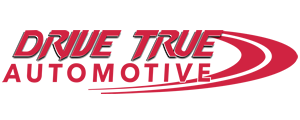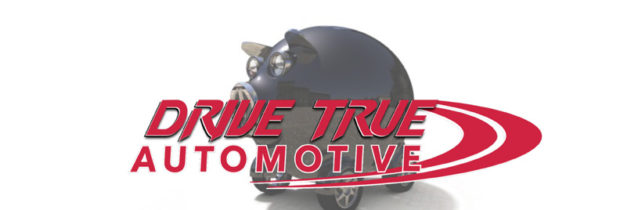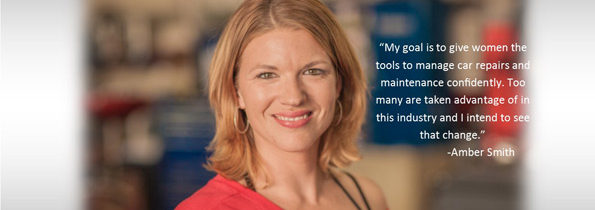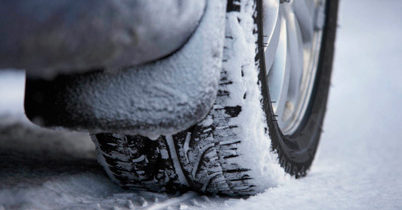New year, new budget, new car trouble.
Have you ever gone to a mechanic for a simple brake job or tire rotation and walked out with a bill well over the budget you anticipated? It is very common as often problems are only real-ized once your vehicle is on a hoist and inspected by a mechanic. Do not fret, you are not the only one and rarely can we predict the repairs our vehicle will need. However, with these fail proof tips, you can be better prepared and ahead of the game.
First, lets talk about how you can budget the obvious. I am talking about maintenance. The best way to ensure the least amount of repairs is to be diligent with your maintenance. Car maintenance includes more cost efficient services and need to be done anywhere from 3 to 9 months continuously. Services include oil changes, air filters, tire rotations (or changeover), fluid check and top-ups, brake service and flushes. You can easily budget these into your year, even break it down to monthly, quarterly or semi-annually. Here is an example of effective maintenance budgeting.
OIL CHANGE – $50 (basic) $100 (synthetic)
TIRE ROTATION – $20.00 (semi-seasonal summer & winter- 2x annually or every 7,000 km)
TIRE CHANGEOVER – $ 30 or $80 (depending on Mount & Balance or Assembled Changeover) 2x per year
AIR FILTER – $20 (recommended during oil change)
FLUID TOP UP – $15-$150 (more expensive fluids such as ATF will require higher budget, but are often unnecessary for long periods of time)
BRAKE SERVICE – $96 per axle (or an hour labour) recommended every 25,000km
So here we have a full brake down of what your vehicle will require, guaranteed, each year. If we take the totals for each maintenance schedule, and include the frequency of each, we will see an annual budget of $507 plus taxes. What I did was account for 4 oil changes (basic), 2 tire rotations, 2 changeovers (@$30), 1 fluid top-up @ $75, and 1 brake service per axle. By doing this you can plan out what you will spend each month, each quarter, semi-annual and yearly.
Second, I highly recommend spending the hour labour on an inspection and have your mechanic make up a detailed, comprehensive quote of any work additional to maintenance that will need to be dealt with. What we always do at our shop is break down the recommended re-pairs into top priority and what can wait. When dealing with top priority repairs, we consider if it is a drivability issue, a safety standard or detrimental to other components that could be affected. For example, a ball joint replacement would be top priority, as well as an oil pan leak. This is both for safety and drivability and will avoid more costly repairs in the future. After you have your list of work that needs to be done, get quotes! Start with the must have repairs and work your way down the list. Ideally, each job should have a subtotal, so you can plan accordingly. If it doesn’t, just ask! Your mechanic or service advisor should be happy to break it down for you, especially be-cause you have intentions to have them fix these issues over the next few months. Here is an ex-ample of how that may look:
FRONT AXLE BRAKE PADS & ROTORS – Metal on Metal – Top Priority
Labour – $125 + tax
Parts- Brake Pads $120 + tax
Rotors- $60/ per rotor = $180 + tax
Subtotal – $425
Total – + 55.25 (13% tax) = $480.25
BALL JOINT REMOVE & REPLACE
Labour – $108 + tax
Parts- $65
Shop Supplies – $5.99
Subtotal – $178.99
Total – + 23.27 (13% tax) = $202.26
Each job can easily be divided like this to give you a clear and precise price. This will help you identify that overall total for all the repairs needed as well as each job so you can plan and budget the work accordingly.
Lastly, get saving! Now you know what to expect, roughly, for the entire year. You know you will spend, without a doubt, between maintenance and repairs, $1189.51. While you may run into the odd surprise cost (hit a curb and require an alignment for example), this way of budgeting will have you more prepared. It will also give you the knowledge you need to keep your car road safe and help you plan your time for scheduling appointments.
Automotive repairs are rarely cheap, rarely predictable and almost never fit into our al-ready existing budget. By following these 3 steps, you are ensuring less stress, less surprises and most importantly, it won’t leave you deciding between groceries or car repairs.
As always, we remind you to Drive Safe, Drive True!
***** Prices used for examples are not based on actual quotes. For an accurate budget, have a proper quote provided by your mechanic.*****






